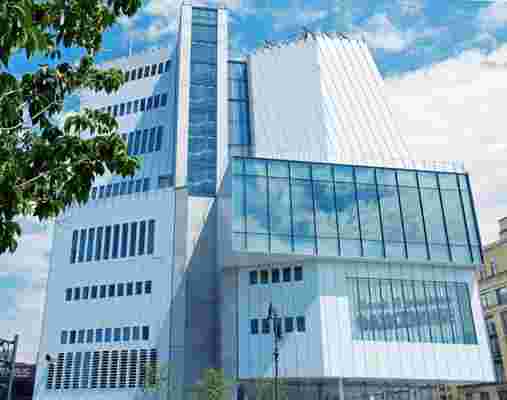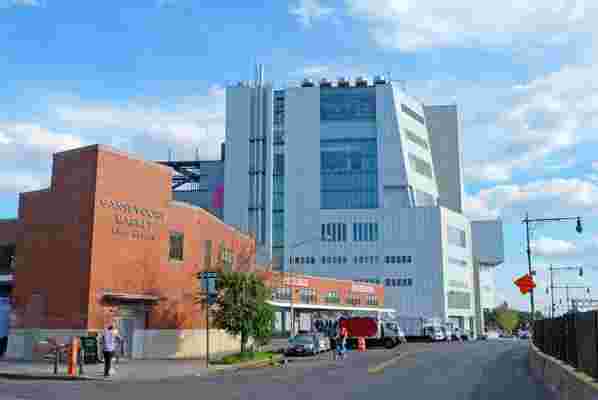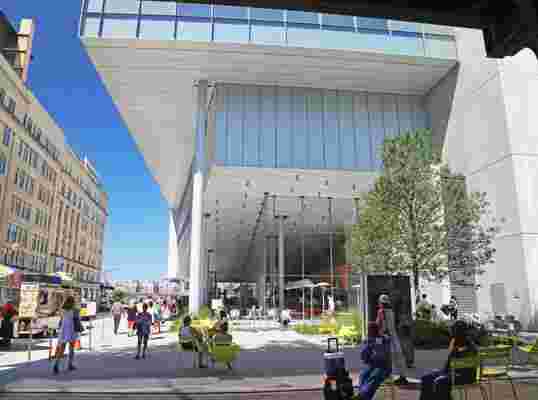December 27,2022
What Renzo Piano Got Right at the Whitney Museum
by David Stewart
Five months and one major exhibit after it opened, the Whitney Museum is officially no longer a New York City newbie. The crowds have thinned and life around the much-anticipated Renzo Piano–designed building has returned to normal, which makes this the perfect time to consider the structure’s enormous contribution to the neighborhood and city.
While the museum’s former Upper East Side home, the Brutalist gem designed by the late Marcel Breuer, was separated from the street by a concrete moat, Piano took a different approach with his downtown version, which opens generously onto the sidewalk on its south side, embraces the Hudson River to the west, and appears all but connected to the High Line to the east. In short order, the building has become a gathering place, a conduit of art and culture, a gateway to lower Manhattan.
Some 50 years ago, Robert Moses unveiled plans for the Lower Manhattan Expressway, a superhighway that would have required the demolition of swaths of downtown New York. Fortunately, a grassroots campaign, spearheaded by activist, author, and Greenwich Village resident Jane Jacobs, ultimately defeated the project. She published a book titled The Death and Life of Great American Cities and spoke of the need to keep urban areas vibrant and neighborhoods connected.
Piano has stated that his intention with the new Whitney was to create a “social life, urbanity, invention, construction, technology, poetry, light—an immense rich bouillabaisse.” Jane Jacobs would be smiling.
Join me in a tour of the new Whitney.









